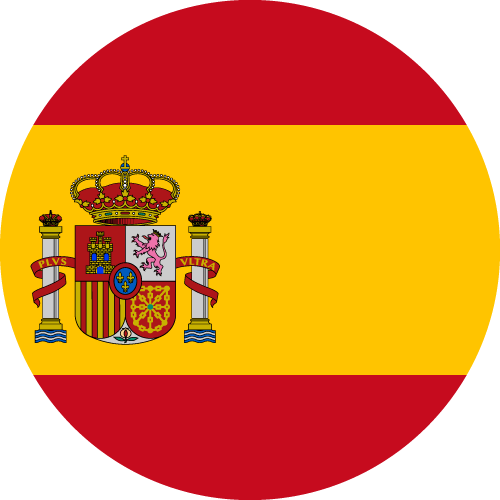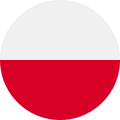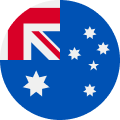We've already discussed how to quickly get started with the Photon Workshop slicer. This is a free slicing software for Anycubic resin 3D printers. Today we mainly focuses on how to use 7 common tools in Photon Workshop for beginners. These tools include how to navigate the view, perform edits and repairs, hollow the model, punch and split the 3D model, as well as how to add text to the surface in Photon Workshop V3.0.0 or higher.
Related Articles Recommended List:
- Quick Start Guide for Anycubic Photon Workshop
- Description of Common Parameters
- Introduction of Key Parameters
- Guide on How to Add Support
- Comparison of Support Tips
1. View Navigation

How to switch the view
Mouse: Scroll the mouse wheel to zoom in and out of the view; click and drag the left mouse button on the platform to move its position; click and drag the right mouse button on the platform to rotate the view.
Interface cube: Click the cube in the top right corner of the interface to switch between different angle views; hold the right mouse button and drag the cube to rotate the platform view; click the house icon near the top left corner of the cube to view the side view of the X-Y-Z-axes.
Interface menu: In the top menu of the interface, find 'View' to access various angle views.
What is the view toolbar?
This toolbar is typically located in the middle-upper part of the interface and allows you to control the view mode. You can enable or disable the perspective mode for the model. You can also switch the model to solid, wire-frame, or point cloud view mode.
2. Edit Model

(Layout: the red part out of the print range is not printable.)
Move: Input numbers for the XYZ axis or drag the model directly to move it. You can also instantly center the model on the platform or place it on the platform by using the toolbar on the right side of the interface.
Rotate: To rotate the model, input numbers for the XYZ axis or click the 'Rotate by Face' button to select a face to align the model to the build plate.
Scale: To scale the model, input numbers for the XYZ axis or click the 'Scale to Fit' button to scale the model to its maximum size for the printer.
Mirror: Mirror the model in X, Y, or Z direction.
Layout: Place the models according to the settings of the model interval, order, position, and so on. It increases the space utilization to print more models at one time.
- The more the model spacing and platform margins, the less the models can be placed.
- Rotate the models around the Z-axis to increase space.
- Arrange the placement order according to your requirements to adjust the spacing.
3. Repair

In the toolbar at the top of the interface, there is a 'Repair' tool that can check for errors in the model, such as improper orientation, bad edges, holes, intersections, and so on. It can repair the models to ensure the success of subsequent operations such as shell extraction, hole punching, support generation, slicing, and more.
Compare 'Basic Repair' and 'Advance Repair'

4. Hollow

Hollowing the model not only saves the amount of resin used but also decreases the likelihood of the print becoming too heavy during mid-printing and falling into the resin vat. BCC and FCC infill structures are more effective in draining the resin within the models compared to other types of infill structures.
5. Punch Holes

If your model is hollowed, it is recommended to punch holes on the sides of the model to remove excess resin from the interior. Otherwise, after curing, it can lead to resin print cracking. Additionally, adding drainage holes on the bottom surface can help equalize the pressure between the inside and outside of the model, allowing the print to be released from the vat successfully.
6. Free Cut

A large-sized part may be bigger than your build plate. If you don't want to scale it down, you can use this tool to separate and split an STL file. In the toolbar at the top of the interface, you will find 'Free Cut', and you have 3 options to cut your model within the slicer: modify the parameters on the window, directly drag across the model, and operate the controls on the model.
7. Add Text

Adding text to a 3D model can be found in the toolbar at the top of the interface. You can customize the font, font size, and height. After clicking 'Apply,' you can simply click on the model where you want to add text. You can even rotate it if needed. Also, you can remove created text in the 'Delete' tab. Click on the text directly on the surface and then click the 'Remove Selected' button to delete it.













